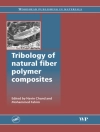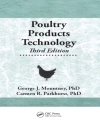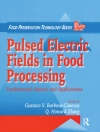This book presents the reports on the developments in the field of urethane. It includes information on polyurethane automotive carpet composites, pentane blown polyurethane foams, and applications of polyols derived from renewable resources in polyurethanes and liquid crystalline polyurethanes.
ซื้อ eBook เล่มนี้และรับฟรีอีก 1 เล่ม!
ภาษา อังกฤษ ● รูป PDF ● หน้า 288 ● ISBN 9781000445732 ● สำนักพิมพ์ CRC Press ● การตีพิมพ์ 2021 ● ที่สามารถดาวน์โหลดได้ 3 ครั้ง ● เงินตรา EUR ● ID 7842936 ● ป้องกันการคัดลอก Adobe DRM
ต้องใช้เครื่องอ่านหนังสืออิเล็กทรอนิกส์ที่มีความสามารถ DRM












